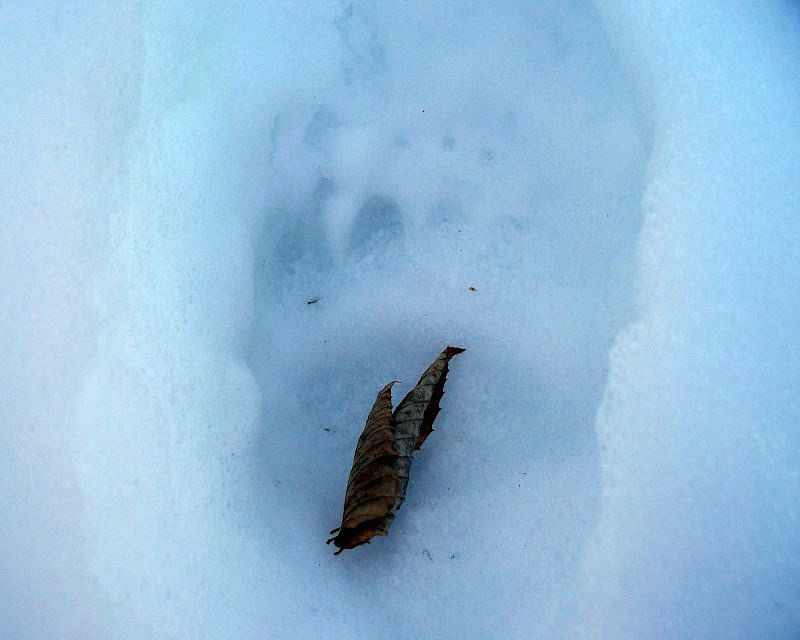1HappyHiker
Well-known member
One of the many things I’m NOT is an expert in animal tracks! Today while hiking on the abandoned trail to Mt. Bemis (off the Nancy Pond Trail), I came across animal tracks shown in the photo below. I only took this one photo (in retrospect, I probably should have taken more).
Anyway, there were several prints like the one shown in the photo, and they appeared to be relatively fresh. Does anyone know if these are black bear tracks? If they are, isn’t this a bit late in the season for these guys to be out and about? Shouldn’t they be in a den somewhere?!

Anyway, there were several prints like the one shown in the photo, and they appeared to be relatively fresh. Does anyone know if these are black bear tracks? If they are, isn’t this a bit late in the season for these guys to be out and about? Shouldn’t they be in a den somewhere?!

Last edited:

